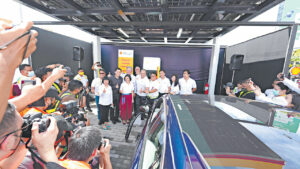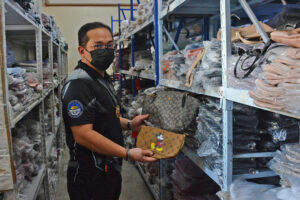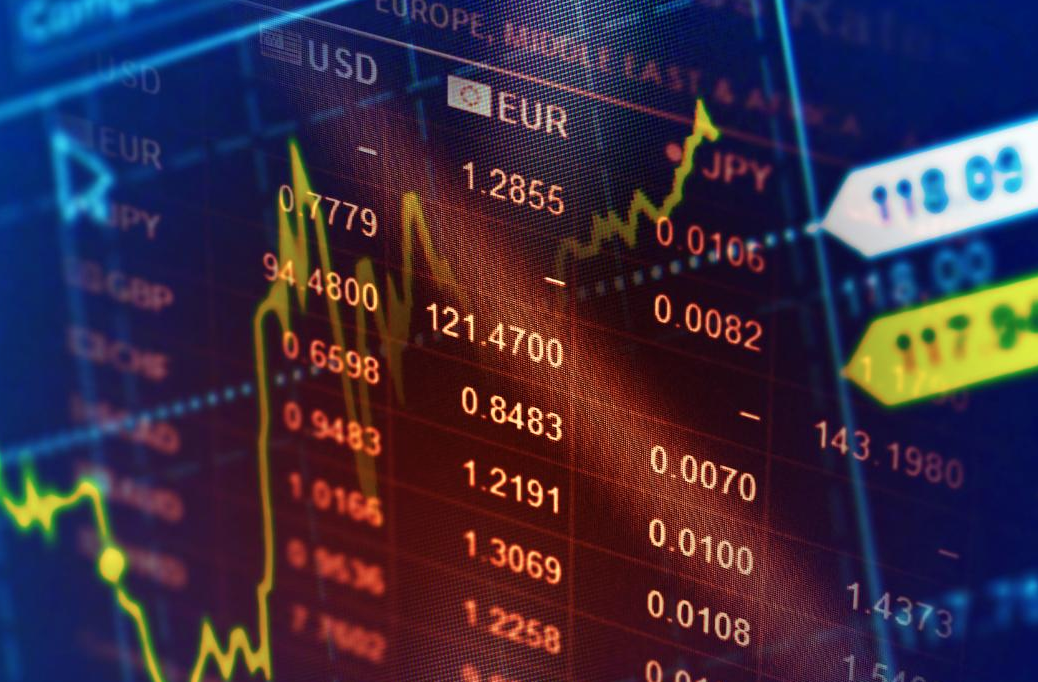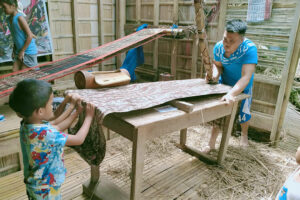For EV and ever

IF ANYONE asks about the feasibility of electric vehicles in the country, you can say that it’s surely getting better by the day. The most obvious pain point — the enduring issue of range — is being addressed on multiple fronts through better battery technology and energy recuperation at the OEM end, while the dearth of charging infrastructure is slowly being solved as well.
While the Philippines is admittedly still at the infancy stage of mainstream EV adoption, progress is happening from more favorable legislation and policies, to the aforementioned steady establishment of charging facilities.
By all indications, last Thursday was a big win for the EV sector, as Pilipinas Shell, which has a network of 1,100 “mobility stations” in the country, made a historic step of introducing its very first electric vehicle charging facility here. Located within the sprawl of Shell Mamplasan on the northbound lane of the South Luzon Expressway (or SLEx), a high-power Titan 180kWh 300A charger with CCS2 connectors will be able to service up to two compatible electric vehicles simultaneously. The DC charger is, according to Shell, the most powerful of its kind, and can fully charge a vehicle from low battery status to “optimal battery charge” in as little as 30 minutes. For the service, customers are charged P65 per minute. Now if you multiply that by 30, then that’s P1,950 to get the full range of your EV — surely way less than topping up your conventional internal-combustion-engine-powered vehicle with fossil fuel.
Branded as Shell Recharge, the service will gradually be introduced in more locations over the next 12 months — and beyond. In an exclusive interview with “Velocity,” Pilipinas Shell Vice-President and General Manager for Mobility Randy Del Valle revealed that up to eight stations may feature the service by the end of the year.
Aside from Shell Recharge, Pilipinas Shell presented another program in line with its vision of “decarbonizing mobility.” Now available for retail customers here is the brand’s so-called Nature-based Solutions (NBS) Carbon Offset Service. In 2020, Shell became “the first energy company in the Philippines to offer the (service) to its B2B fleet customers.” Now, everyday consumers can get to make up for their carbon emissions from ICE-powered vehicles.
“By being the first Shell market in Asia to offer this particular service to everyday customers, Pilipinas Shell underscores its commitment to continue powering progress to achieve a more sustainable future,” said Pilipinas Shell Country Head Lorelie Quiambao-Osial. “These two new low-emission energy solutions encapsulate what Pilipinas Shell means when we say sustainability. It’s about providing energy in a responsible manner to our consumers so that we can minimize the impact we make on the environment while achieving a lower-carbon future,” she added.
Continued Mr. Del Valle to this writer: “The NBS Carbon Offset Service is (a result of us noticing that) customers here in the Philippines really want to make sure that they are actually net zero. This gives everyone an opportunity to be so. Every time our customers gas up at Shell, we can offset their fuel consumption.”
What does this all mean? “Because fuel comes from oil, there’s some carbon that is actually used to develop the fuel. So, for you to be net zero, we’re giving you an offset that if you buy credits, you can have that carbon offset by helping plant forests around the world — equivalent to the fuel you’ve consumed.” This target of negating one’s carbon footprint is achieved, of course, by “investing” in nature’s carbon sinks such as forests. The total number of liters purchased with carbon offsets by customers are then assigned the equivalent carbon credits from Shell’s “independently verified global portfolio of Shell NBS afforestation, reforestation, and conservation projects.” These credits are then retired by Shell on behalf of the customer. The voluntary contribution of P2.50 per liter of fuel can be made at participating Shell stations.
“There are a lot of forests around the world that we support. There are various locations in South America, and here in Asia. And then for the Philippines, we’re continuing to explore some locations where we can do this as well,” he added.
In tandem with Shell Recharge, this carbon offset drives home the company’s push to decarbonize mobility “by helping customers in avoiding, reducing, and compensating for carbon emissions, as well as its transformation toward becoming the mobility destination of choice for motorists.”
“Shell is rapidly becoming the Philippines’ leading mobility company and this launch is a testament to the range of its offer to motorists,” said Shell Mobility Global Executive Vice-President Istvan Kapitany. “The NBS Carbon Offset Service and Shell’s first EV charger in the country are among the initiatives to reduce carbon emissions and to cater to a growing number of customers whose needs are changing fast… We are making sure that Shell sites will become the go-to place for all customers, whether they drive traditional or EV, thanks to an integrated offer of fuel, EV, and convenience retail. They will be mobility destinations for everyone.”




